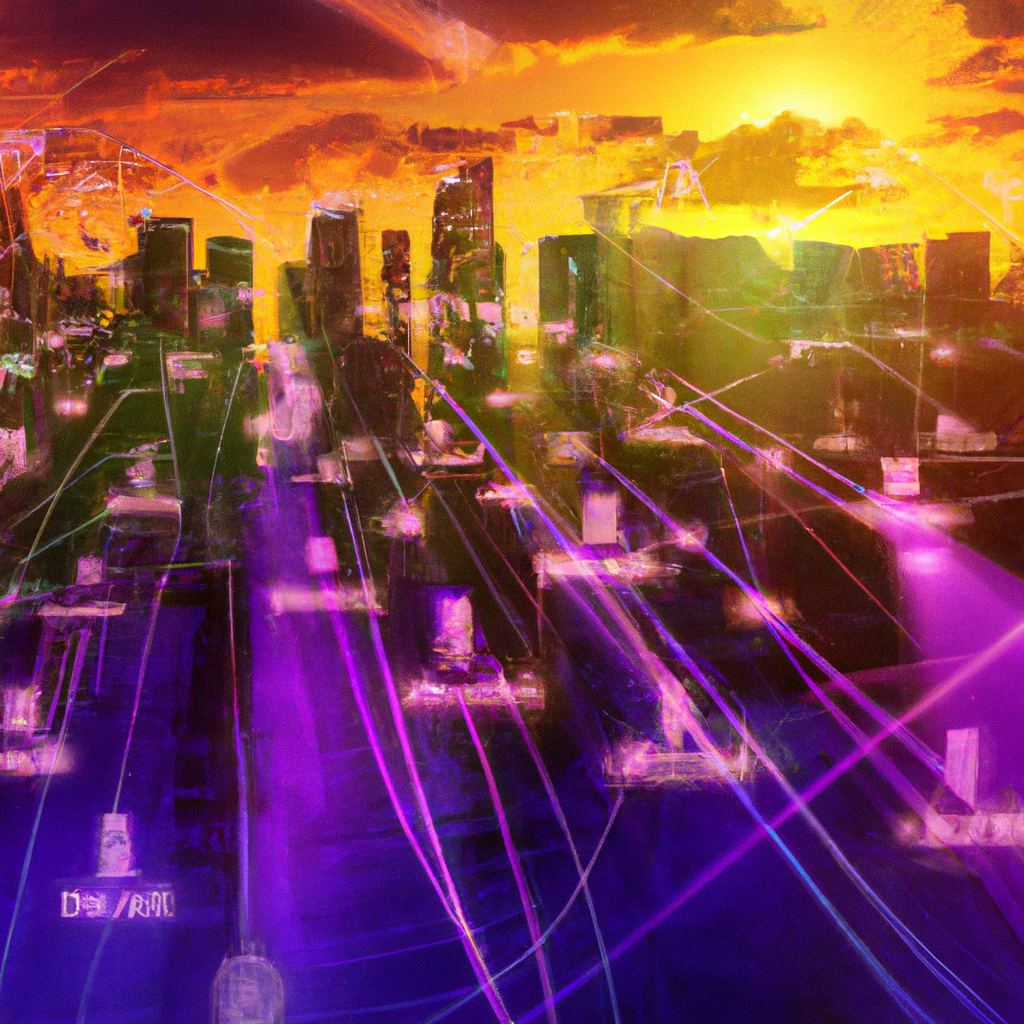| Key Points |
|---|
| Edge computing brings data processing closer to IoT devices, reducing latency and bandwidth use. |
| It supports real-time data processing, enhancing the performance of smart devices and IoT applications. |
| Edge computing enables better data security and privacy by processing data locally. |
| Integration with cloud services allows for efficient data management and analysis. |
| It is crucial for the development of smart cities, industrial automation, and other advanced applications. |
Introduction
In recent years, the growth of Internet of Things (IoT) and smart devices has transformed how we interact with the world around us. From smart homes and healthcare to industrial automation and smart cities, these technologies are reshaping our daily lives. However, the full potential of these devices is unlocked through edge computing, a key technology that brings data processing closer to the data source. This approach not only boosts the performance and efficiency of IoT applications but also addresses some of the most pressing challenges in data security and privacy.
What is Edge Computing?
Edge computing refers to the practice of processing data near the edge of the network, where the data is generated, instead of in a centralized data-processing warehouse. This means that data from IoT devices can be analyzed and used to make decisions in real-time, close to where it is collected. By doing this, edge computing reduces the amount of data that needs to be sent over the network, which can lower latency and decrease bandwidth use.
Benefits of Edge Computing in IoT and Smart Devices
One of the most significant advantages of edge computing is its ability to support real-time data processing. This is especially important for applications that require immediate response, such as autonomous vehicles or emergency monitoring systems in healthcare. Edge computing also offers enhanced data security and privacy since sensitive information can be processed locally without being sent over the network to a central server. Furthermore, it allows for the efficient integration of IoT devices with cloud services, enabling not only real-time analytics but also historical data analysis and management at scale.
Applications and Use Cases
Edge computing plays a crucial role in various domains. In smart cities, it can help manage traffic flow in real-time, monitor environmental conditions, and improve energy efficiency. In the industrial sector, it supports automation by processing data directly from machinery and sensors on the production line, thereby reducing downtime and improving safety. Healthcare benefits from edge computing through wearable devices that monitor patients' vital signs in real-time, allowing for immediate intervention if necessary. Additionally, in the consumer market, smart home devices like thermostats and security cameras become more responsive and efficient when leveraging edge computing technologies.
Challenges and Considerations
Despite its benefits, implementing edge computing comes with its set of challenges. These include managing the complexity of IoT devices, ensuring data security and privacy at the edge, and integrating edge computing with existing IT infrastructure. Companies must also consider the cost of deploying edge computing technologies and the need for skilled professionals to manage and maintain these systems.
Conclusion
As we continue to embrace IoT and smart devices in our daily lives, edge computing emerges as a critical technology that enhances the capabilities of these innovations. By processing data closer to where it is generated, edge computing not only improves the performance and efficiency of IoT applications but also addresses significant concerns around data privacy and security. As we look to the future, the integration of edge computing into IoT and smart devices will be key to unlocking their full potential, driving advancements in smart cities, industrial automation, healthcare, and beyond.
Shop Logics Technology
